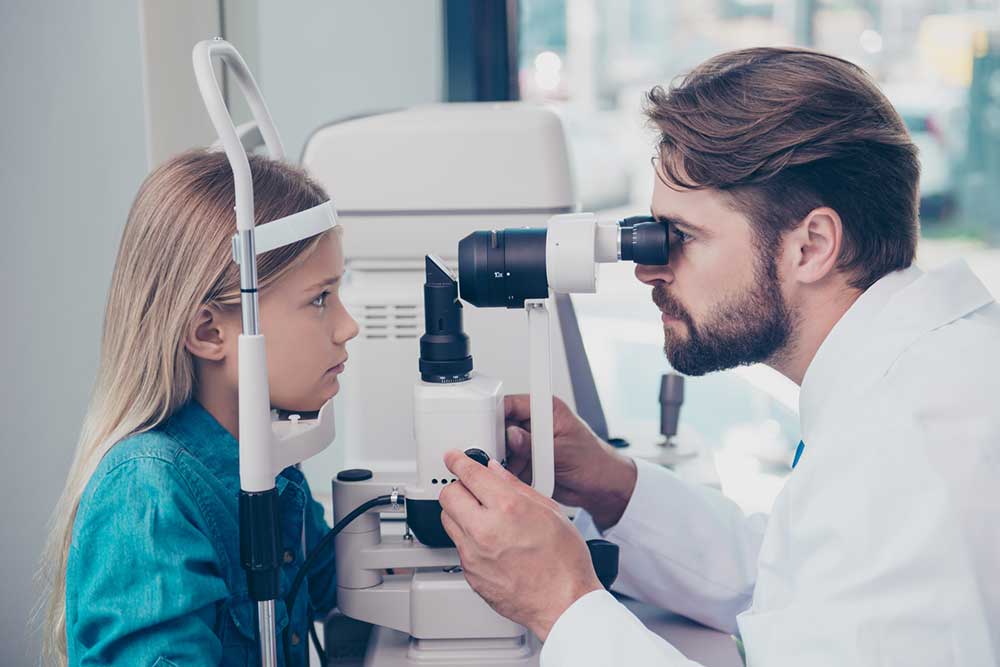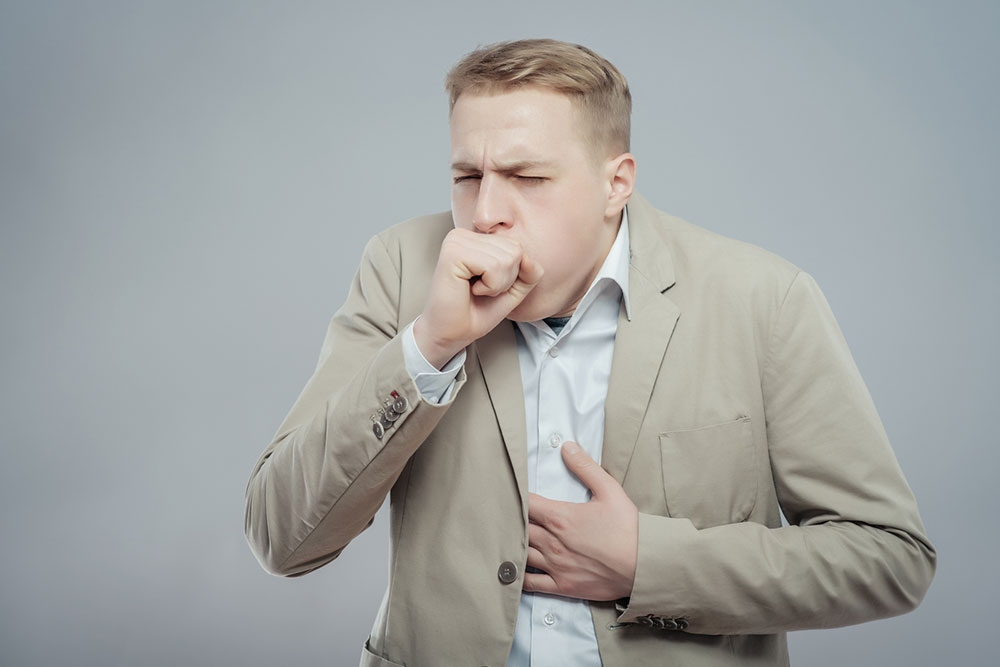
7 commons signs of lung congestion
Chest or lung congestion often occurs due to a common cold. Sometimes, an underlying medical condition like bronchitis, COPD, and so on can also cause persistent lung congestion. Additionally, excess fluids, such as mucus, can accumulate in the lungs, adding to the congestion. This also causes swelling of the lungs along with constriction of the airflow, which makes breathing difficult. Therefore, it is imperative to look at the signs and manage them through treatment options. Signs of congestion in lungs An affected person may experience: A hacking cough with clear, green, or dark yellow mucus A feeling of tightness in the chest A sore throat Constant body aches and frequent chills A persistent headache High fever that may last for a few days Shortness of breath or wheezing Most of the symptoms of chest congestion usually subside within a few days. However, the cough may persist for a couple of weeks as the bronchial tubes complete their healing process. If the cough lasts for more than 14 days, it is advisable to consult a doctor at the earliest. This sign might be an indicator of other serious health conditions, such as pneumonia. Tips for managing the signs of lung congestion In most cases, lung congestion can be effectively treated by rest and waiting for the virus to clear.
Read More 










